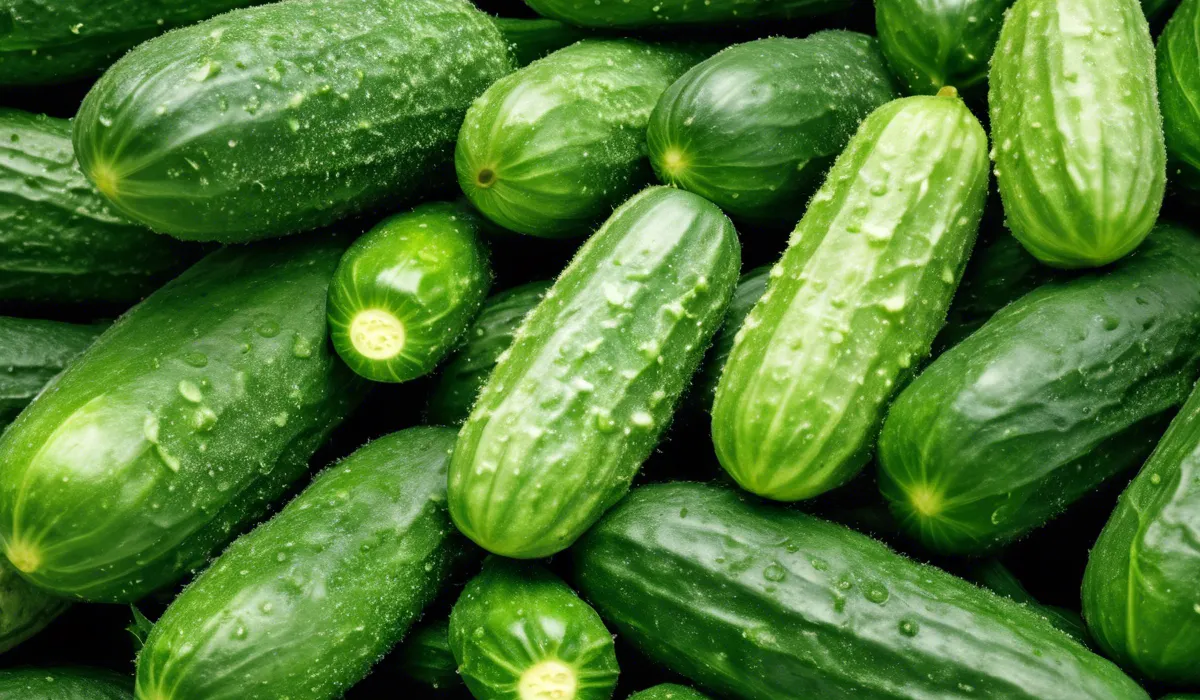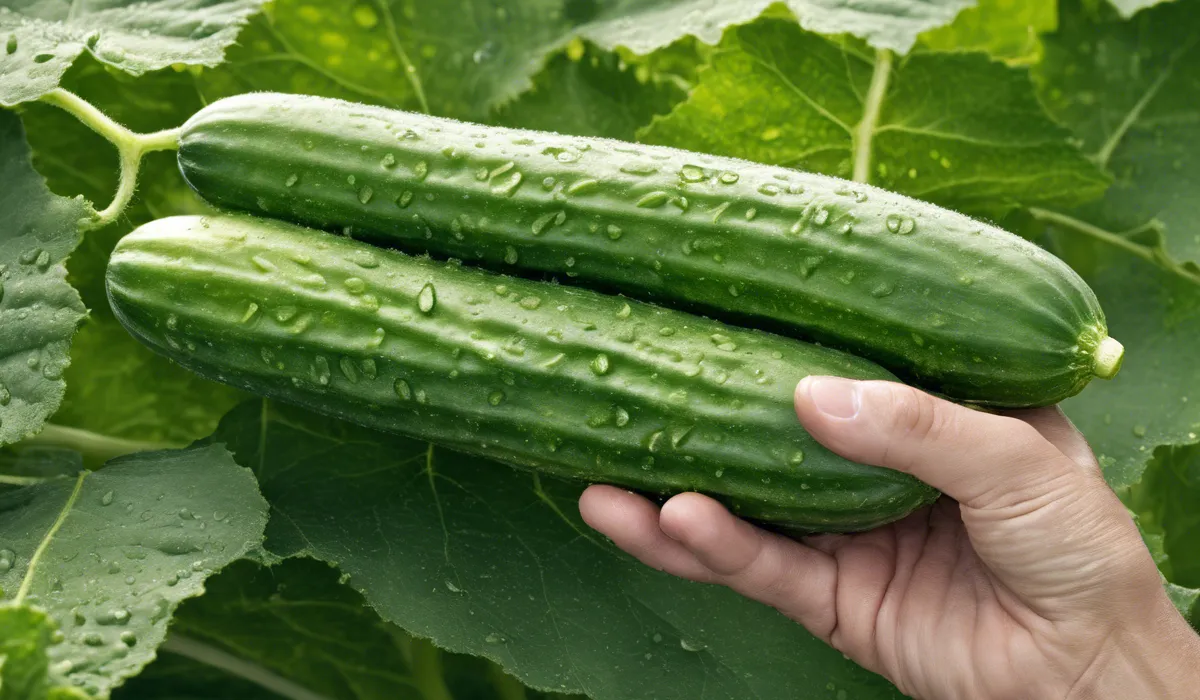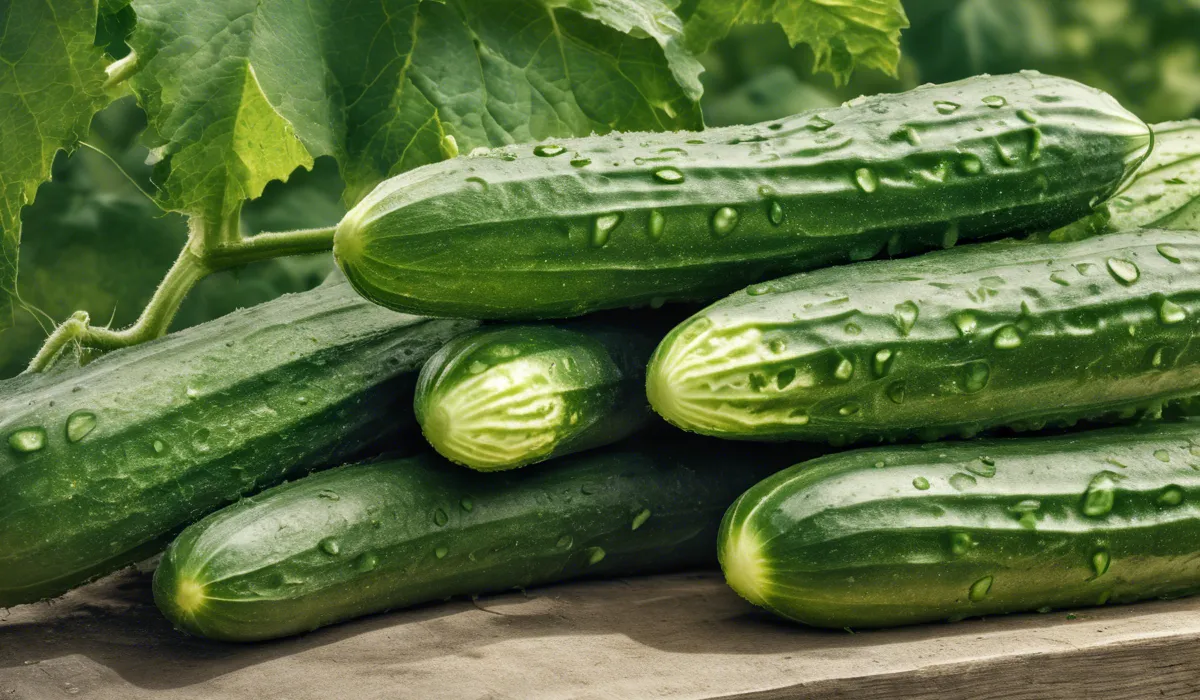To prevent powdery mildew on cucumbers, ensure good air circulation by spacing plants properly. Water at the base to keep foliage dry, and choose resistant varieties.
Apply fungicides or baking soda sprays early as a preventive measure. Regularly inspect and remove affected leaves.
Understanding Powdery Mildew and Its Impact on Cucumbers

Definition of Powdery Mildew
Powdery mildew is a common fungal disease that affects various plants, including cucumbers. It is characterized by white to grayish powdery spots on the leaves and stems of plants.
This fungus thrives in warm, dry climates with high humidity, particularly when night-time humidity is high.
Symptoms and Signs of Powdery Mildew on Cucumbers
The first signs of powdery mildew on cucumbers are small, white, powdery spots on the upper surface of the leaves.
As the disease progresses, these spots expand, covering more leaf area and potentially spreading to stems and fruit. Infected leaves may turn yellow and dry out, leading to premature leaf drop.
The Lifecycle of the Fungus Causing Powdery Mildew
The fungus that causes powdery mildew, Podosphaera xanthii, has a lifecycle that includes both sexual and asexual phases.
Spores, which spread the disease, are produced in vast numbers and can be carried by wind, insects, or even garden tools, leading to new infections under favorable conditions.
Consequences of a Powdery Mildew Infection for Cucumber Plants
A severe infection of powdery mildew can lead to significant yield loss in cucumber plants. The disease stresses the plants, making them more susceptible to other diseases and pests.
Infected plants produce fewer and smaller fruits, which can affect a gardener’s harvest and enjoyment of their cucumber crop.
Cultural Practices for Preventing Powdery Mildew

Selecting Resistant Cucumber Varieties
One of the most effective ways to prevent powdery mildew is to choose cucumber varieties that are resistant or tolerant to the disease.
Plant breeders have developed several varieties with this trait, which can be a major advantage in managing the disease.
Proper Planting Techniques to Enhance Air Circulation
Good air circulation is crucial for preventing the conditions that powdery mildew thrives under.
Space cucumber plants appropriately, and use trellising to keep vines off the ground. This not only improves air flow but also reduces the risk of spores splashing onto plants from the soil.
The Importance of Crop Rotation and Avoiding Monoculture
Crop rotation helps prevent the buildup of powdery mildew spores in the soil, as the fungus can survive on plant debris.
Avoid planting cucumbers or other susceptible crops in the same location year after year. Implementing a diverse planting strategy can also reduce disease pressure.
Appropriate Irrigation Methods to Minimize Leaf Wetness
Watering methods that minimize leaf wetness can reduce the risk of powdery mildew. Drip irrigation or soaker hoses water the base of the plant, keeping the foliage dry.
Watering in the morning ensures that any water on the leaves can dry quickly in the sunlight.
Regular Monitoring and Removal of Infected Leaves
Regularly inspect cucumber plants for signs of powdery mildew. Removing infected leaves promptly can help to slow the spread of the disease.
Dispose of these leaves properly, as they can harbor spores that could reinfect the plants.
Chemical and Biological Control Measures

When and How to Use Fungicides Effectively?
Fungicides can be a useful tool in controlling powdery mildew when used correctly. Apply fungicides at the first sign of infection or as a preventive measure.
It’s important to follow the label instructions and to rotate fungicides with different modes of action to prevent resistance.
Organic Options for Powdery Mildew Control
For those seeking organic methods, baking soda sprays can create an alkaline environment on the leaf surface that is less hospitable to powdery mildew.
Neem oil and sulfur are also organic options that can be effective when applied early in the disease cycle.
Role of Biological Control Agents in Managing Powdery Mildew
Biological control agents, such as beneficial bacteria and fungi, can compete with the powdery mildew fungus for space and nutrients on the plant surface.
Introducing these agents can help reduce the incidence and severity of powdery mildew outbreaks.
Integrating Chemical and Biological Methods
A comprehensive approach to managing powdery mildew often involves integrating both chemical and biological control measures.
This integrated pest management (IPM) strategy can reduce reliance on chemical fungicides and promote a more sustainable gardening practice.
Final Thoughts
To avert powdery mildew on cucumbers, prioritize good air circulation by spacing plants correctly. Water the plants at their base to preserve dry foliage and opt for mildew-resistant varieties.
Employ preventative measures such as fungicides or baking soda sprays at early stages. Diligently inspect plants for early signs and excise any infected leaves promptly to maintain healthy cucumber plants.
